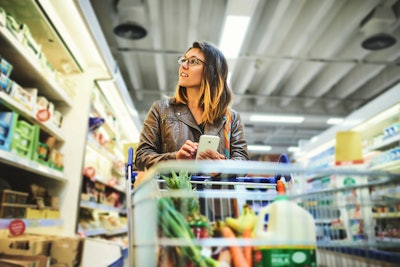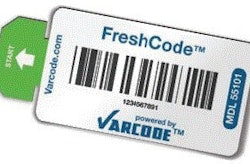
Acosta released its fourth research report on evolving shopper trends and behaviors as a result of COVID-19. The latest report, which found shopper concern over the pandemic is leveling, also forecasts the future of the consumer packaged goods industry after COVID-19 and provides guidance to help retailers and brands navigate the transition.
“As states prepare for a phased reopening of the economy, we are finally seeing shopper concern over COVID-19 begin to level after a continuous rise since early March,” said Darian Pickett, CEO of Acosta. “E-commerce has grown at an accelerated rate — by two or three years — and a new trend we are seeing is shoppers turning to online subscription services, many for the first time. This serves as a way to work around out-of-stocks they’ve experienced while also allowing consumers to stay out of physical stores. Health and beauty and alcohol are unsurprisingly popular subscription categories since in many states these stores have not yet re-opened.”
Acosta’s fourth COVID-19 research report was gathered via online surveys conducted between April 17 and April 23. It provides insight into current consumer concern and behaviors as well as predictions for the CPG industry as it emerges from this global crisis, including:
Product Availability and the Switch to Store Brands:
- Product availability remains an issue, though it is improving.
o During the April 17-23 time period, 61% of shoppers reported that more than half of their products were available, up six percent from the April 4-7 time period.
o Forty-three percent of shoppers found acceptable substitutes for at least half of their out-of-stock items.
- Store brands are proving to be a good alternative for shoppers, with 40% of shoppers buying more store brands since the outbreak.
o Of those shoppers, 57% are doing so to substitute for their usual brand, and 35% are doing so to save money.
o Fifty-six percent of Millennials and 29% of Boomers are buying more store brands.
o Sixty-three percent of shoppers said they will stick with purchasing at least some store brands post-pandemic.
Online Subscriptions Gaining Popularity:
- Thirty-eight percent of shoppers placed an online subscription order in the past four weeks.
- Most popular categories purchased via this method include health and beauty (19% of online subscriptions contained health and beauty products), shelf stable food and beverages (18%) and paper and cleaning products (18%).
- Many shoppers made their first-ever online subscription orders.
o Of shoppers who ordered fresh food and beverages via online subscription, 55% ordered for the first time.
o Of shoppers who ordered meal kits via online subscription, 47% ordered for the first time.
o Of shoppers who ordered alcohol via online subscription, 46% ordered for the first time.
Navigating the Transition to What’s Next:
- Retailers need to adapt to accelerated e-commerce growth, as consumers are turning to online shopping at a much faster rate due to COVID-19. There is opportunity for retailers to invest in click-and-collect and curbside pick-up capabilities.
- Shoppers will continue to exercise caution with non-essential spending and will increasingly look for deals, which will lead to trading down and the purchase of more store brands. Retailers and brands should re-plan promotions that were put on hold.
- Retailers need to work on shelf and assortment recovery. Those with access to real-time data are best positioned to combat inventory issues.
- Supply chain will be a major focus area for retailers and brands as they try to balance in-store vs. online sales.



















